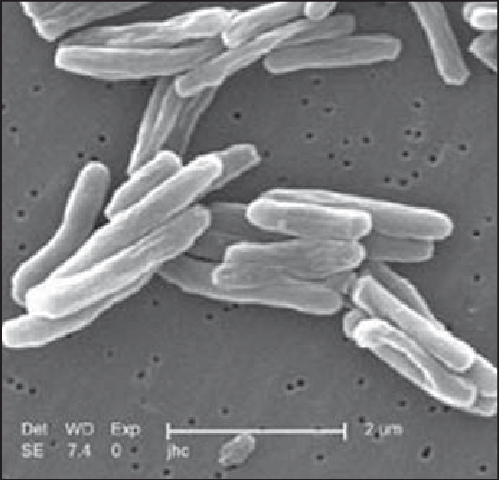Summary of the article Monocyte metabolic transcriptional programs associate with resistance to tuberculin skin test/interferon-γ release assay conversion. Jason D. Simmons, Phu T. Van, Catherine M. Stein, Violet Chihota, Thobani Ntshiqa, Pholo Maenetje, Glenna J. Peterson, Anthony Reynolds, Penelope Benchek, Kavindhran Velen, Katherine L. Fielding, Alison D. Grant, Andrew D. Graustein, Felicia K. Nguyen, Chetan Seshadri, Raphael Gottardo, Harriet Mayanja-Kizza, Robert S. Wallis, Gavin Churchyard, W. Henry Boom, and Thomas R. Hawn J Clin Invest. 2021 Jul 15; 131(14): e140073. Published online 2021 Jul 15. doi: 10.1172/JCI140073 PMCID: PMC8279582. PMID: 34111032 https://pubmed.ncbi.nlm.nih.gov/34111032/
A monocyte is a type of white blood cell and is a critical component of the immune system. When you have an infection, your monocyte count increases.
Tuberculosis is a bacterial infection caused by a bacterium called Mycobacterium tuberculosis (Mtb). Patients who get infected and develop symptoms are said to have an “active” infection, and they show pulmonary disease that can result in further transmission. However, not everybody becomes sick when exposed to Mtb. Patients who get infected but do not develop symptoms are said to have a “latent” infection, which a skin or blood test can detect. Patients who do not get infected after being exposed to infected individuals either resist the bacterium or have achieved an early clearance of the bacterium, and will show a negative skin test. These patients are said to be resistant to infection.
This study focused on comparing monocytes from infected patients with a latent tuberculosis infection to monocytes from resistant patients who have been exposed to Mtb. The study found that monocytes from both types of patients have some differences: they have genetic variations (differences in their genetic material) and different ways to produce some of their proteins (differences in their metabolic activities). These differences may explain why some patients are “resistant” and do not get infected after being exposed to Mtb.
These results shed light on the issue of resistance to tuberculosis. This disease affects approximately a quarter of the world’s population and is one of the top infectious disease causes of mortality worldwide. Understanding this resistance will help in the development of a vaccine to prevent infection and the development of new therapies to treat infected patients.

